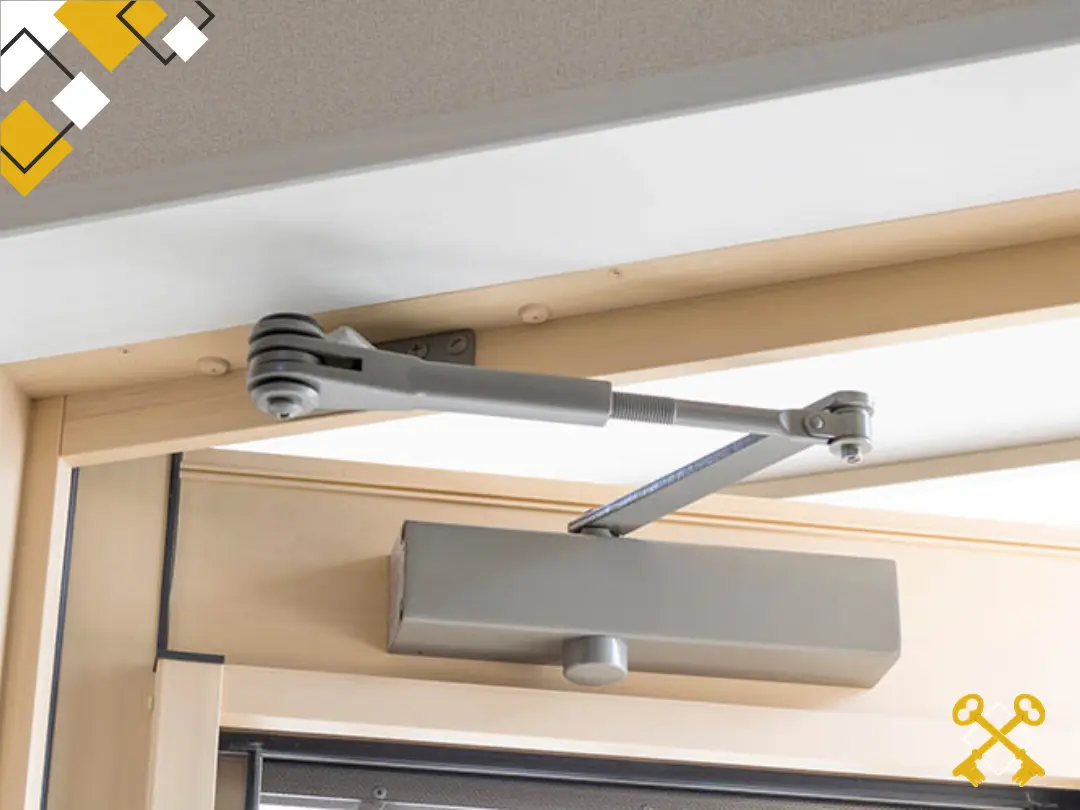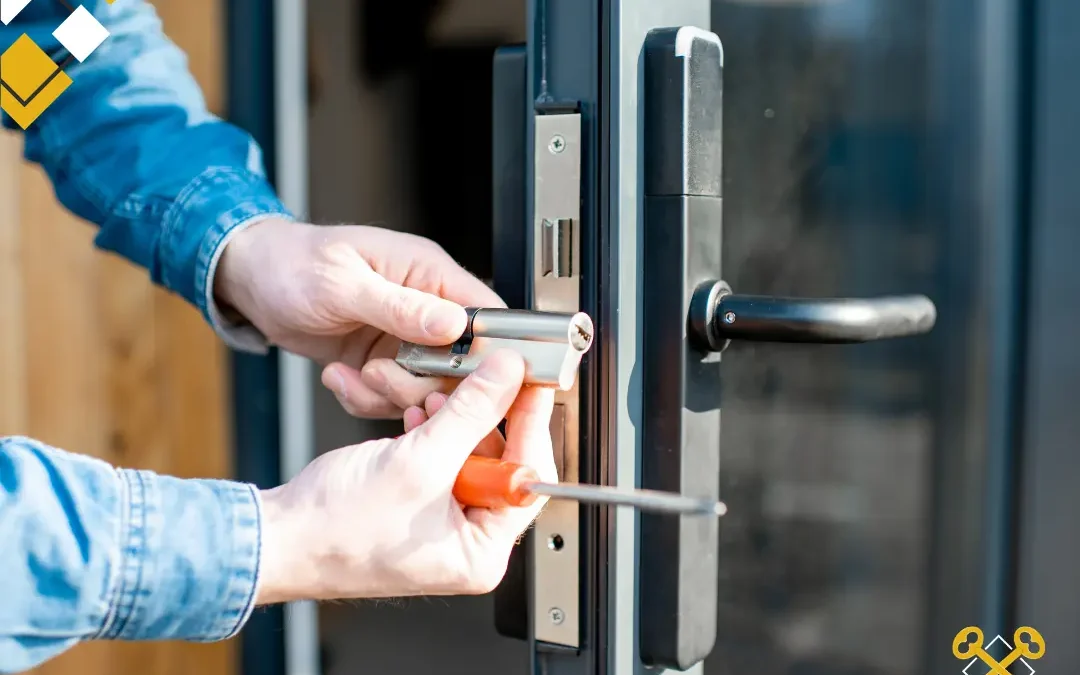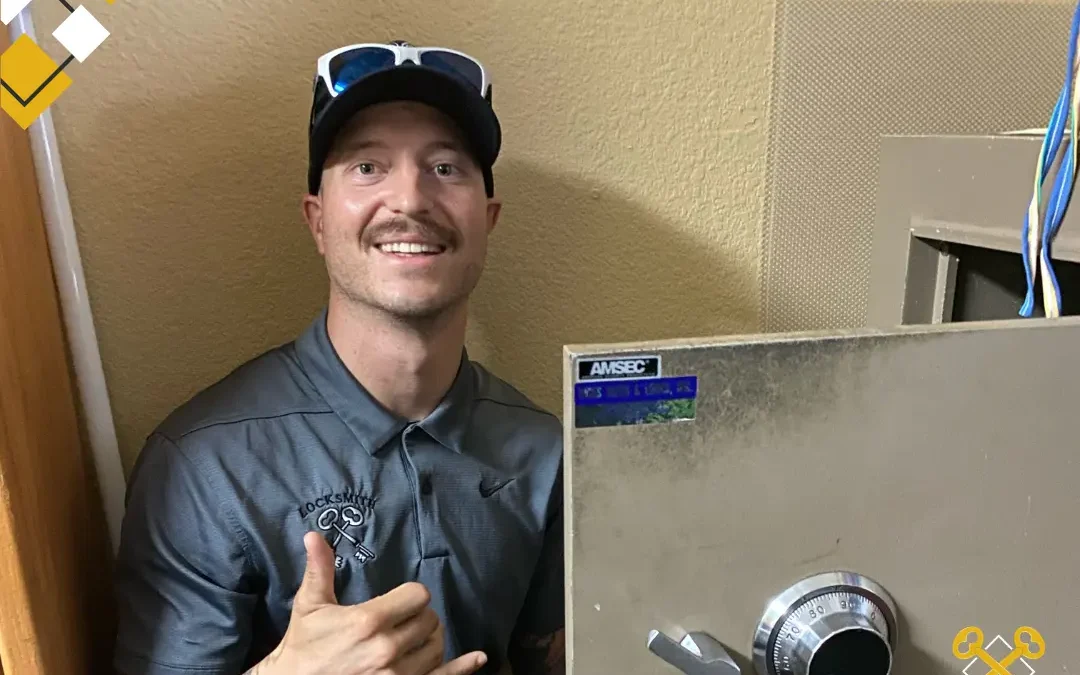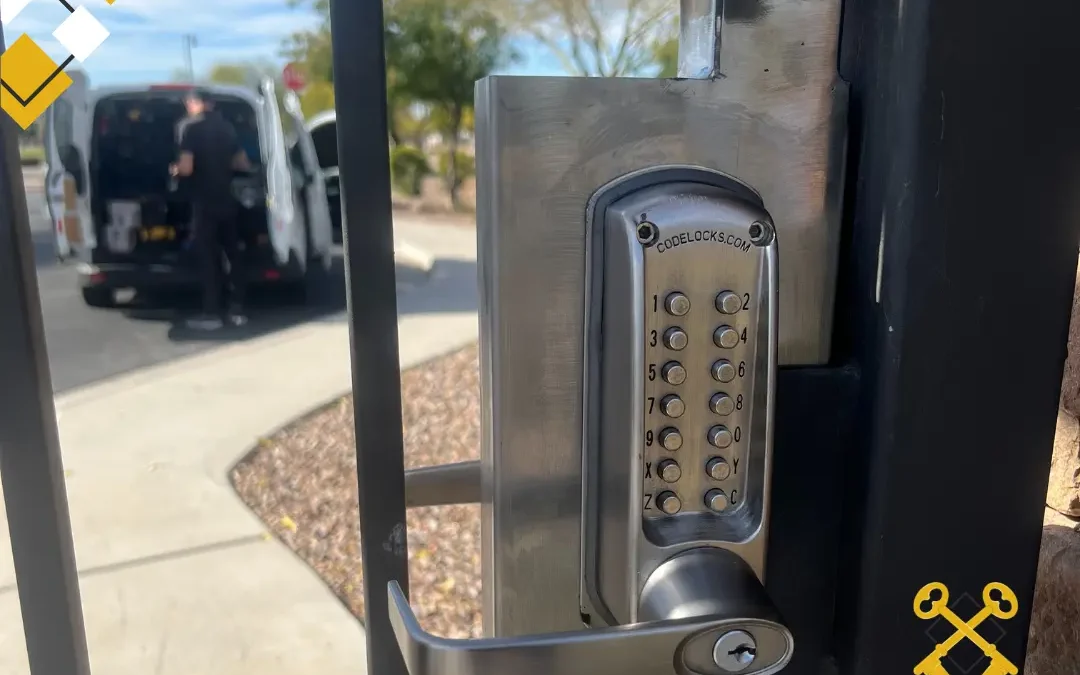Next time you enter or leave a commercial space, take a second and look up. What’s that thingy that looks like an angled piece of metal called? It’s the Overhead Door Closer.
We go through fire-rated doors in public and commercial buildings almost every single day, but we hardly ever give a thought to those unsung heroes of everyday life … overhead door closers. Did you know that they are the reason you don’t have to chase after slamming doors? But beyond the convenience factor, these little mechanisms play a big role in building safety and efficiency.
The Invention of the Door Closer
The very first recorded door closer was invented in 1880 by L.C. Norton. He was hired by the Boston Trinity Church to stop the congregation door from slamming and interrupting services. After trial and error, he devised a system that employed a tube and plunger configuration that effectively controlled the speed of the closing door. Unbelievably, that system Mr. Norton installed is still in use to this day at the Boston Trinity Church.
Later, Norton would go on to perfect his invention and in 1900, he invented the first hydraulic closer which used a full rack and pinion. Since then, the overhead door closer has been improved and reinvented many times over into the high-tech systems that we use and enjoy today.
Common Types of Door Closers
Not all door closers are overhead door closers. They can be attached to commercial doors in several different ways depending on door configurations, door usage, and even aesthetic preferences. There are several types of mounts for door closers, including a regular arm mount, a top jamb mount, and a parallel arm mount. There are concealed overhead closers for those who are concerned with aesthetics and even a floor-concealed closer for doors with arched openings where there isn’t a way to mount an overhead closer.
The Inside Scoop – the Mechanisms of the Overhead Door
Overhead door closers are the most common type. They consist of a metal box mounted above the door with two arms attached. One arm is fixed to the door frame, the other to the door itself. Inside the box is a spring mechanism that gets compressed as the door opens. When you let go, the spring extends, gently closing the door behind you.
But it’s not just a spring! Most closers are hydraulic, meaning they use a special oil to control the closing speed. This allows for smooth, controlled closure, preventing those jarring slams.
Door Closers Are More Than a Convenience – They Are Also the Law
As part of the Americans With Disabilities Act (ADA) passed by Congress in 1990, there is an entire section devoted to the guidelines for doors and hardware. Located under the buildings and site section, it primarily focuses on new construction or remodels to government facilities, public facilities, and commercial facilities. Although there are many requirements, the one most relative to door closers is the rate of the door closing speed. According to the ADA standards section 404.2.8, door closers should take at least 5 seconds to close from a 90-degree door position to 12 degrees. This closing speed is also called the main sweep speed.
- Fire Safety: In buildings with fire doors, closers ensure the doors shut properly, containing a potential fire.
- Climate Control: By automatically closing doors, they help maintain consistent temperatures inside, reducing energy costs.
- Accessibility: For people with disabilities, self-closing doors are essential for independent movement.
- Pest Control: No more wrestling with pesky flies or mosquitos buzzing through open doors.
Make Sure You Use the Right Door Closer
There’s more to door closers than meets the eye. Different sizes, spring strengths, and arm styles are available to suit various door weights and applications. If you are in Phoenix, Chandler, Gilbert, Mesa, Scottsdale, Tempe, Queen Creek, or the East Valley area and you need a door repaired, are considering replacing a door closer, or installing a new one, contact Lock Docs to ensure your door gets the right fit!





